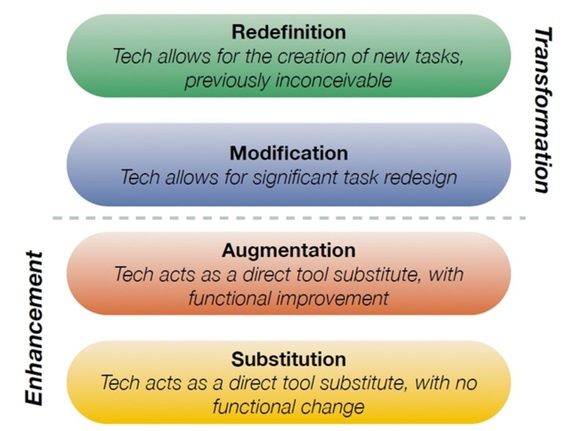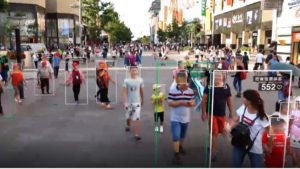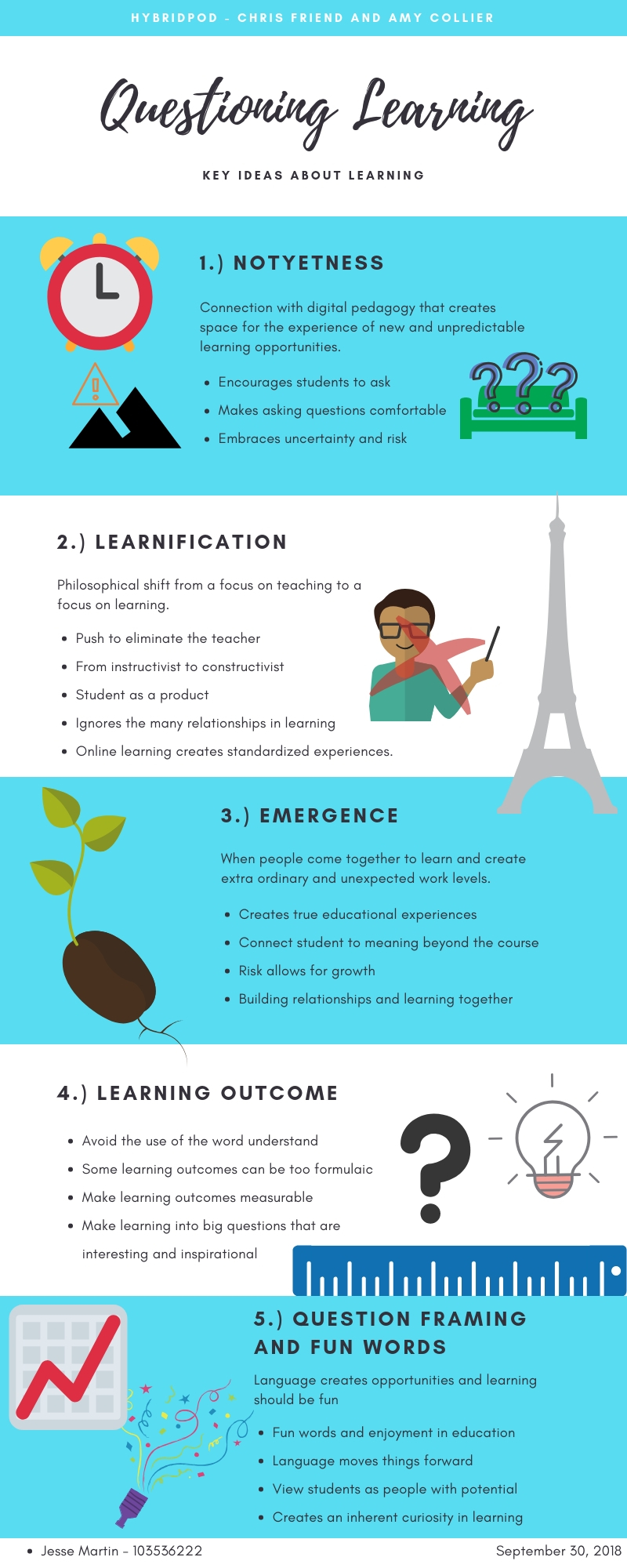I chose to do a Twitter Rant for my analysis and  reflection on the Technologist Module as I believe it is important to let others know about this concept. To see the rank, follow this link Twitter Rant. Technology in the classroom is such a buzz concept that most people believe that technology is always beneficial, no matter what.
reflection on the Technologist Module as I believe it is important to let others know about this concept. To see the rank, follow this link Twitter Rant. Technology in the classroom is such a buzz concept that most people believe that technology is always beneficial, no matter what.
In short, the Technologist module brings to light that it is possible to have too much of a good thing. Specifically, it highlights some of the requirements for Tech tools in the class, and when they should be used. I do believe there is a time and a place for the tools. When considering the SAMR model in this Technologist discussion, I think that Tech should be used in class when it elevates the task above a simple substitution. This is because if students are asked to do a boring and monotonous task, whether that same task is done on paper or on an iPad it will still be boring or monotonous for them. However, if there were tools that could modify or augment this task to a more engaging and practical assignment they would most definitely be worthwhile additions. The teachers are responsible in this discussion to get to know the likes and dislikes of the class and the strengths and weaknesses of each student. Knowing the level of chemistry and the intricacies of the classroom can make a huge difference. Through this they can strategically identify tech tools that will promote student success. Teachers should not be afraid to try to ideas and to use the Design-Thinking model to improve their ideas. This is a constructivist model that allows ideas to build on one another to enhance ideas and makes for a valuable student-centered learning experience. When the students have a voice and are able to feel empowered they will be more likely to engage.
The teachers are responsible in this discussion to get to know the likes and dislikes of the class and the strengths and weaknesses of each student. Knowing the level of chemistry and the intricacies of the classroom can make a huge difference. Through this they can strategically identify tech tools that will promote student success. Teachers should not be afraid to try to ideas and to use the Design-Thinking model to improve their ideas. This is a constructivist model that allows ideas to build on one another to enhance ideas and makes for a valuable student-centered learning experience. When the students have a voice and are able to feel empowered they will be more likely to engage.
 Of course, practice makes perfect and teachers should be willing to use their resources to make sure that they are familiar with the basics of the tool they found. This might require them to do a tutorial or play around with the tool at home before assigning a task to their students. Some times experimentation and play is one of the best ways to learn the ins-and-outs of a Tech tool.
Of course, practice makes perfect and teachers should be willing to use their resources to make sure that they are familiar with the basics of the tool they found. This might require them to do a tutorial or play around with the tool at home before assigning a task to their students. Some times experimentation and play is one of the best ways to learn the ins-and-outs of a Tech tool.
 Ultimately, I strongly agree with the Technologist module and the notion that teachers should ensure that the tools and strategies they are incorporating in their classroom are in-line with the needs of their students and go hand-in-hand with the curriculum expectations. Do your research, map it out and try doing a test run before rolling it out to ensure that it will achieve the desired outcome. As mentioned, the Tech tools should relate to the program expectations. If not… RE-EVALUATE.
Ultimately, I strongly agree with the Technologist module and the notion that teachers should ensure that the tools and strategies they are incorporating in their classroom are in-line with the needs of their students and go hand-in-hand with the curriculum expectations. Do your research, map it out and try doing a test run before rolling it out to ensure that it will achieve the desired outcome. As mentioned, the Tech tools should relate to the program expectations. If not… RE-EVALUATE.

 l engineering underway in China, which ultimately creates a Digital Totalitarian State. Social credits are essentially a score out of eight or nine hundred that each citizen has that influences their day-to-day activities. Those with higher scores will receive more education and job opportunities as well as VIP treatment in establishments including airports, restaurants, and financial institutions. The score is calculated through an array of 200 million CCTV cameras equipped with facial recognition and geo-thermal technology that cover every corner of the city. The score is influenced by every action made, item purchased, social interaction, and dollar held. All of these will determine whether one is given ample opportunities or shutout from society as a whole.
l engineering underway in China, which ultimately creates a Digital Totalitarian State. Social credits are essentially a score out of eight or nine hundred that each citizen has that influences their day-to-day activities. Those with higher scores will receive more education and job opportunities as well as VIP treatment in establishments including airports, restaurants, and financial institutions. The score is calculated through an array of 200 million CCTV cameras equipped with facial recognition and geo-thermal technology that cover every corner of the city. The score is influenced by every action made, item purchased, social interaction, and dollar held. All of these will determine whether one is given ample opportunities or shutout from society as a whole. dents will embrace the abundance of opportunities and responsibilities they might earn that they would not have received otherwise. Second is that this technology could be another means to marginalize students that do not perform at grade level. Instead of receiving more assistance, they may be pushed to the side for the other high achieving students. A clear “rich get richer” type of mentality where the students working at or above grade level receive all of the praise and opportunity where as those below grade level sink that much further.
dents will embrace the abundance of opportunities and responsibilities they might earn that they would not have received otherwise. Second is that this technology could be another means to marginalize students that do not perform at grade level. Instead of receiving more assistance, they may be pushed to the side for the other high achieving students. A clear “rich get richer” type of mentality where the students working at or above grade level receive all of the praise and opportunity where as those below grade level sink that much further.